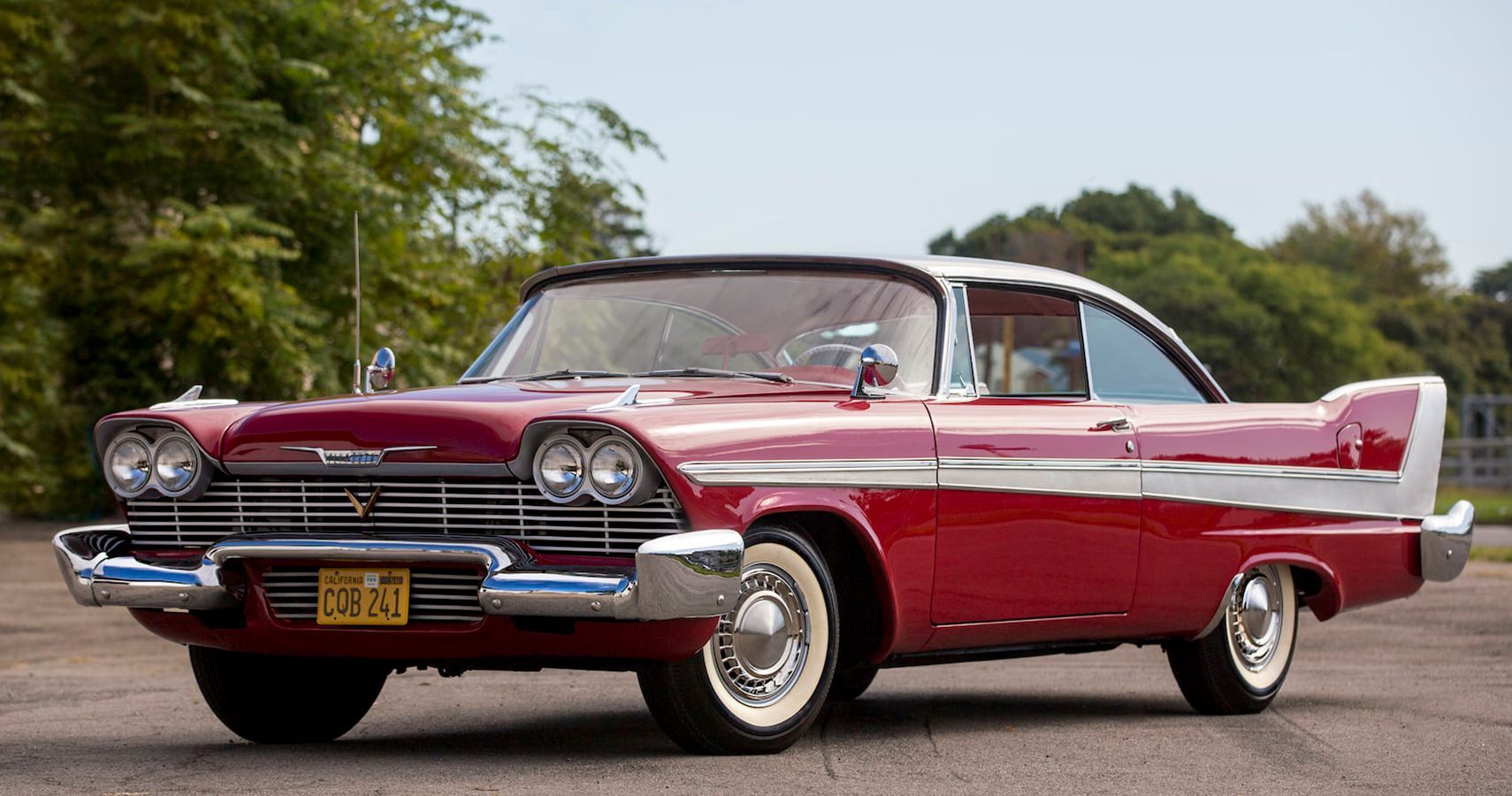10 Vintage Plymouth Cars to Avoid At All Costs
Plymouth is a name that's synonymous with classic American muscle cars and vintage automotive culture. The brand has produced some of the most iconic vehicles of the 20th century, including the legendary Plymouth Road Runner and the Plymouth Barracuda. By the late 1990s, Plymouth struggled to keep up with changing consumer preferences and industry trends. Sales declined, and the brand struggled to differentiate itself from other Chrysler brands. The final Plymouth vehicle, a Neon, rolled off the assembly line in June 2001, marking the end of an era for the iconic American brand.
RELATED: 10 Classic Mopar Muscle Cars That Won't Break The Bank
There are several collectible Plymouth cars based on their popularity, performance, and durability. But not all Plymouth classic cars have stood the test of time. Some models, especially those produced during the "Malaise Era," were considered lackluster in performance and build quality and were best avoided by collectors and enthusiasts.
HOTCARS VIDEO OF THE DAY SCROLL TO CONTINUE WITH CONTENT
10 1971 Plymouth Cricket
James Plamer
The Plymouth Cricket was a badge-engineered subcompact car produced by the Rootes Group and marketed in the United States under the Plymouth brand. Its goal was to compete with other small cars of the time, like the Ford Pinto and Volkswagen Beetle, but it turned into one of the brand's most epic failures.
The little four-door sedan featured a criminally underpowered 70 hp 1.5-liter engine, on top of several quality control, reliability, and styling issues that failed to win over critics and consumers.
9 1983 Plymouth Gran Fury
Greg Gjerdingen
Chrysler initially designed the Plymouth Gran Fury as a police car, but it soon became popular with taxi companies and fleet buyers. It proved a reliable and durable car that fits its intended use thanks to a spacious interior and a large trunk, making it ideal for ferrying passengers and their equipment.
But it came with its fair share of drawbacks. It was a large, heavy car, which made it less fuel-efficient than smaller, more modern vehicles. It also had an outdated design, with boxy styling and limited interior amenities.
8 1983 Plymouth Caravelle
55allegro/Wikimedia
The 1983 Plymouth Caravelle was a mid-size car produced by Chrysler Corporation to compete with other popular mid-size cars of the time, such as the Ford Taurus and the Chevrolet Celebrity. It was a well-built and reliable car that offered good value for its price.
But, it had bland styling, with a boxy design that lacked the flair and excitement of some other mid-size cars of the era. It was also underpowered and had difficulty keeping up with some of its competitors, and collectors and enthusiasts have largely forgotten about the car.
7 1983 Plymouth Champ
Todd Fitch
The Plymouth Champ was a subcompact car produced from 1979 to 1982 as a re-badged version of the Mitsubishi Colt. The Plymouth Champ was a competent and reliable car for its time, but it was not particularly a champion in performance or styling.
RELATED: 10 Best American Muscle Cars For Collectors
While it was an option for drivers looking for a fuel-efficient and reliable vehicle, it only maxed out at just 70 horsepower, making it slow and sluggish on the road. Furthermore, it had a basic interior and lacked modern features, making it feel dated even at the time of production and is far from desirable today.
6 1997 Plymouth Prowler
Mecum Auctions
The 1997 Plymouth Prowler was a retro-styled sports car built as a tribute to the classic hot rods of the 1930s and 1940s, and was instantly recognizable for its unique styling and distinctive design. It was a head turner with a sleek, low-slung design, long hood, short deck, and exposed front wheels.
Reviewers criticized its V6 engine and lack of manual transmission. It also drew relentless attention while driving due to its slightly ugly looks, and its limited space and difficult-to-access trunk made it highly impractical.
5 1961 Plymouth Valiant
Hemmings
Plymouth built the Valiant to compete with popular compact cars like the Ford Falcon and the Chevrolet Corvair. The Plymouth Valiant was a well-built car equipped with a range of amenities that offered good value for its price. But it had a bland styling with a boxy design that lacked the flare of its competition. The Valiant's biggest drawback was its reputation for rusting quickly, affecting its resale value and long-term durability.
4 1958 Plymouth Fury "Forward Look"
Mecum Auctions
The 1958 Plymouth Fury was a stylish and distinctive car, part of the "Forward Look" design movement that characterized many American cars of the late 1950s. It was a real head turner with its long, low-slung body accented by sweeping lines, elaborate chrome trim, and the distinctive tail fins that were a hallmark of the "Forward Look" movement.
But beneath the cool looks was a notoriously unreliable car plagued with mechanical problems that would leave you stranded on the side of the road.
3 1979 Plymouth TC3
Scott Gilertson
The TC3 was a subcompact hatchback based on the Dodge Omni 024, a modified version of the Omni produced from 1979 to 1982. Chrysler designed the car to offer affordable transportation for budget-conscious buyers, focusing on fuel efficiency and practicality.
While the TC3 was known for its agile handling and driving dynamics, it was not particularly powerful. It also featured a boxy and utilitarian styling and was prone to rust and other corrosion issues.
2 1978 Plymouth Horizon
Bring a Trailer
The Horizon was a subcompact car produced from 1978 to 1990 and was considered one of the least inspiring cars of the era due to its basic design and mediocre performance. It was part of the Horizon/Turismo family of cars, including the Dodge Omni, available in hatchback, sedan, and wagon body styles.
By 1985, the Horizon wasn't anywhere near cutting-edge. It was underpowered and distinctly outdated, with a basic interior and lacking amenities available on more expensive cars.
RELATED: 10 Plymouths That Defined The Muscle Car Era
1 1980 Plymouth Volare Road Runner
Mecum Auctions
Just five years after Mopar performance peaked with a 440 Six Pack V8 that boasted over 390 horsepower, the compact Volare/Aspen twins hit the market with 5.2 or 5.9-liter V8 engines that only managed to produce between 150 and 170 horsepower. No amount of decals, louvers, vinyl stripes and spoilers could help hide the lack of performance of these Chrysler Malaise Era muscle cars.
The Plymouth Volare and its Dodge Aspen twin once claimed the title for the most recalled car in history after a pattern of never-ending issues.
Sources: Hagerty, Edmunds, Road and Track
Source: HotCars


